How to Take Care of Fish Tank – Comprehensive Maintenance Guide
Fish is one of the most delicate pets. This is so because they live inside water and creating such an environment for them outside of it, is an amazing feeling.
People often get hooked to fish tanks, after they have purchased their first one. And this hobby does not ends, instead expands to bigger aquariums or more of them!
Unfortunately, it can be a very bumpy road for many fish keepers. Building a tiny ecosystem is a huge task which comes with great responsibilities. Mimicking the actual aquatic ecosystem inside of an aquarium is not an easy task.
There are several things to be kept in mind and several thing to buy while doing so. Understanding which fish to purchase, basic steps of aquarium maintenance to perform and how often to feed the organisms. All these among other information, is necessary for keeping fish alive and healthy.
How To Take Care Of Fish Tank: Taking Care of a Fish Tank
Fish comes in different shapes and sizes. So there are several to choose from. You just have to choose one which goes along with your tank size and shape.
Make sure to research the fish according to its individual needs. No matter what type of fish you get, there are some basic fish-care facts that applies to them all.
Proper fish care is essential for the well-being of your fish. Fish care means more than just feeding the pets or putting everything necessary in the right place inside the aquarium.
Spending just 30 minutes in a week, on aquarium maintenance can help prevent many common and consuming problems.
The things that require proper care in an aquarium are:
- Aquarium Water
- Filtration System
If everything inside the aquarium is running properly and the fish is healthy, it means that there is no requirement for any major change.
Even if the pH or hardness of water is slightly out of range, it does not call for help. Only an increase or decrease in water parameter requires immediate and careful attention.
The best thing about fish keeping is that it does not matter whether you are a beginner or an experienced, because the basics are the same.
If you are an experienced in fish keeping, you need not worry that you will find something different here or that what you have been following all your life could prove wrong.
This blog is specially for beginners who do not know anything about fish keeping but are very keen to learn about it and excel in it.
Cycle the Tank Before Adding Fish
It is important to cycle the tank before adding fish. This process can take up to six weeks, but it is essential for the health of the fish. During the cycling process, bacteria will grow in the tank and break down the ammonia produced by the fish.
Ammonia is toxic to fish and can cause serious health problems. The bacteria will help to keep the ammonia levels in the tank low, and the fish will be healthy and happy.
To cycle the tank, you will need to add a small amount of fish food to the tank and allow it to decompose. The decomposing fish food will produce ammonia, and the bacteria will grow and multiply.
After a few weeks, the bacteria will have multiplied enough to break down the ammonia produced by the fish. At this point, you can add fish to the tank.
It is important to remember that the bacteria need time to multiply, so you should not add too many fish to the tank at once. Adding too many fish at once can overwhelm the bacteria and cause the ammonia levels to rise, which can be harmful to the fish.
If you are adding fish to a new tank, it is best to add a few fish at a time and allow the bacteria to multiply before adding more fish. This will help to ensure that the fish are healthy and the tank is properly cycled.
Aquarium Water Changes for Chemicals
Aquarium maintenance is not complete without water change. It is the most important part of aquarium care.

The main reason for taking this step is to remove compounds that are not removed by any filtration methods such as nitrates or phosphates.
It also serves to replenish trace elements and to clean gravel. This step can be made easy by using a siphon to extract aquarium water while vacuuming the gravel side by side.
It helps in removing fish excrement, uneaten food and other kinds of waste settled at the bottom of the fish tank.
When performing this step, test the water parameters of both the aquarium and the replacement water. As we know that tap water contains chlorine and chloramines, which might not be harmful for us, but are to the marine life. So it is best to use a water conditioner to neutralize the effects of both the chemicals.
Chemicals in Aquarium Water:
- Chlorine (Normal range: 0.0 mg/L)
- Chloramines (Normal range: 0.0 mg/L)
- Ammonia (Normal range: 0.0 to 0.25 mg/L)
- Iron
- Phosphates
- Other heavy metals
Chlorine does not need to be treated with a conditioner. It airs out itself if kept in an aerated bucket for 24 hours. But chloramines needs to be treated.
It is a mixture of ammonia and chlorine (Chloramines = Chlorine + Ammonia) and ammonia remains in the water (if it contains chloramines) even after treatment with an ammonia neutralizer.
So for it, nitrifying bacteria is helpful which breaks down the ammonia after adding the water to the aquarium.
FRESHWATER: The recommended amount of water to be changed in a freshwater aquarium is about 15 to 20% in a month. It will keep the aquarium stable and reduce any sudden changes in the environment.
SALTWATER: The recommended amount of water to be changed in a saltwater aquarium is about 20 to 25% in a month. It is advised to mix the saltwater for 24 hours in advance.
Test Aquarium Water for Vital Parameters
Even if you put filtered water into the aquarium, it is still a good habit to regularly check it for vital parameters because you cannot determine water quality by looking at it. The results might tell you about imbalances, therefore preventing any kind of looming problems.
Vital parameters that should be tested while doing a routine maintenance check include:
- Nitrates (Normal range: 0 to 40 mg/L)
- Nitrites (Normal range: 0.0 to 0.5 mg/L)
- pH (Normal range: 6.5 to 8.2)
- Alkalinity (Normal range: 120 to 300 mg/L)
- Carbonate hardness (Normal range: 100 to 250 mg/L)
- Salinity (of saltwater only)
Nitrates should be below 10ppm in freshwater and 5ppm or lower in saltwater and reef aquariums. It reduces the oxygen level in the fish’s blood.
If it spikes, make sure to change the water until it reaches a safe level. You can also add aquarium salt to the tank to reduce nitrite toxicity (1 to 3 teaspoons per gallon, 0.1 to 0.3%).
Nitrites should not be detectable at any time, except during the cycling process. They encourage algae growth so keeping their level low is essential. Water change can help in that process. In case nitrate is detectable after that, make sure to test for ammonia as well.
Ammonia should not be present in the aquarium once it has been cycled. To eliminate or lower its level, ammonia neutralizers can be used.
Alkalinity level should be maintained inside the tank. Low alkalinity can result in sudden changes in the water’s pH level which may be deadly for fish. Increase the alkalinity of water to bring the pH level to normal.
pH level of water should be kept stable at all times. It should be within the range of 6.5 to 7.5, which is suitable to most of the species. pH level identifies the acid and base activity in the water and so, rapid changes in it is not healthy for the marine life.
KH (Carbonate hardness), is a measure of pH stability. Hardness of the water refers to the levels of calcium and magnesium in it. If it drops close to 4.5 dH (degree hardness) or 80ppm, it means that it needs close monitoring.
If it drops below 4.5 dH, the pH of the aquarium water will ultimately crash. Water with high pH level usually has high hardness and softening it can lower the pH level.
Half a teaspoon of baking soda per 25 gallons of water, raises the kH level by approximately 1 dH (17.8 ppm).
Temperature inside the aquarium should be within the normal range of 74 to 82 degrees Fahrenheit (23 to 28 degree Celsius). You should use an aquarium heater to keep the temperature of water consistent.
Last update on 2025-03-26 / Affiliate links / Images from Amazon Product Advertising API
Recommended Aquarium Maintenance Routine
Daily
- Make sure every equipment inside the fish tank is running properly.
- Always keep in mind to check the water temperature of the aquarium every day. Make changes to it if it seems necessary, but only minute changes.
- While feeding your fish, notice if there are any behavioral changes as they are a good indicator of any potential problem.
- Keep an eye on any visual signs like: white spots, bloated bellies, red or blotchy patches, frayed fins or hanging feces in your fish. It will give you a sign of any illness or distress of the fish. You may have to isolate or remove certain fish or treat the aquarium water with medication, against disease.
Weekly
- Vacuum the gravel for debris.
- Rinse filter inserts with extracted water.
- Replace 10 to 15% of the water with clean water.
- Clean away any algae inside the tank, even if you have an algae cleaner fish.
- Test the water’s pH for: ammonia, nitrates, nitrites, hardness, alkalinity and chlorine.
- Clean the aquarium walls, starting from the bottom to the top. Use a filter floss for this process as it is fairly cheap and also very efficient.
- If you have lots of fish inside your aquarium, keep a count of them. Because in case of fish death, smaller ones decompose quickly resulting in ammonia and nitrites spikes. It eventually leads to high nitrate levels.
Monthly
- Replace air stones inside the tank.
- Prune the live plants if it is necessary.
- Vacuum the fish tank with a gravel cleaner.
- Replace 25% of the water with clean water.
- Clean the top of the aquarium to assure that the lightning is not affected.
- Clean away any algae inside the tank, even if you have an algae cleaner fish.
- While cleaning the tank, remove and clean plastic plants and any sort of decorative item.
- Rinse or replace the cartridge, carbon, floss, algone and pre-filter as well, if necessary.
- Inspect the filter inserts, tubing, connections, skimmers and other parts to ensure proper operation.
- Make sure to check the expiry date printed on the boxes or bottles of the aquarium supplies you use. Expiry kits will give false readings and may also affect the health of fish and other organisms.
Some fish like goldfish, are known for being extra messy and so they require more frequent water changes and tank cleaning than any other species.
You will have to keep an eye on any visible contaminants and pollutants. They will give you a fair idea as to how often you will need to clean the fish tank.
Maintain Proper Filtration System
An aquarium filter is just like a trash can, a receptacle of waste. Which means that once it gets full, you need to empty it. Otherwise it will contaminate the whole aquarium and thus the home of your fish.
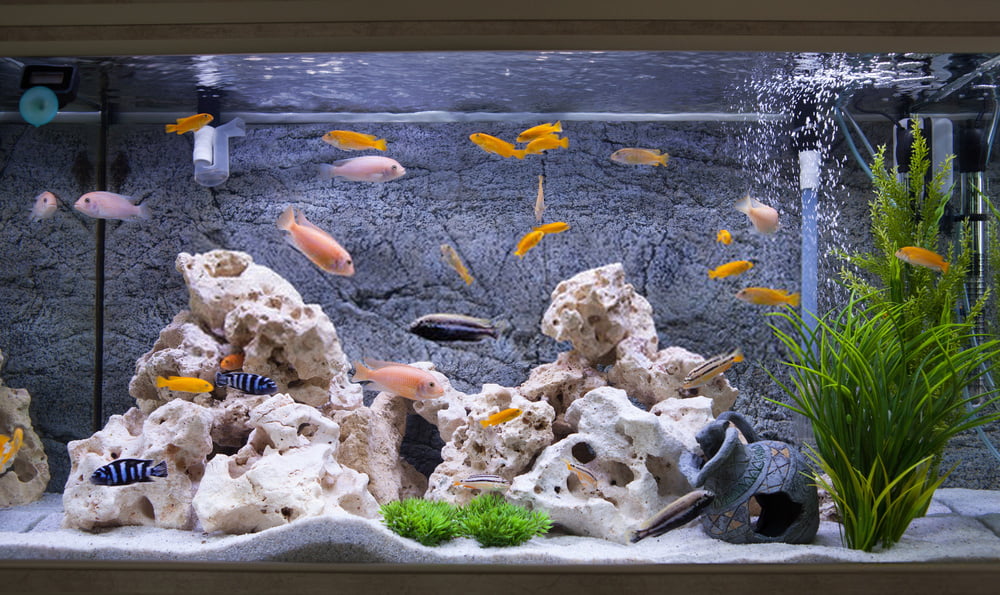
An aquarium filter needs regular maintenance, once a month. But if your filter gets densely stocked frequently, it may require more frequent filter cleanings.
While cleaning it, avoid coming in contact with the bio wheels or any other beneficial bacteria supporting media.
Servicing the filter system is an easy task. You just have to change the dirty filter inserts, along with other media like, activated carbon, Algone, which are due to be replaced.
Some Free Advice:
- Do not scrub the inside of the filter.
- Only use clean, fresh water while cleaning the filtration system.
- Do not use soap, bleach or any other type of chemical cleaners as they will kill the good bacteria required for healthy aquarium life.
Choose The Right Kind of Filtration System your Aquarium Needs
It is a myth that aquarium needs to be completely broken down in order to be cleaned. With the discovery of natural biological filtration system, taking care of an aquarium has become much simpler.
A monthly water change is enough to keep a healthy aquarium. However, completely cleaning an aquarium can be detrimental to the health of your fish as it will disrupt the natural biological filter which is essential in removing the deadly ammonia and nitrite.
Biological Filter
The biological filter inside the aquarium, consists of living bacteria. This bacteria removes and feeds on toxins that are harmful to the fish. These bacteria colonies can grow on any sort of surfaces including the filter medium (floss) as well as on the gravel, glass, and even on the surface of aquarium equipments.
You are not able to see it. But as long as it lives, it contributes to keeping your tank water clean and healthy. It develops and maintains stable water conditions which makes it is very easy to cycle the fish tank.
For this function, various types of filtration system are available in the market. They are available in accordance with the size and type of your aquarium.
There are various to choose from so you do not get confused. But, what kind of filtration system to install in the fish tank, is the one question that often confuses the newbie to fish keeping.
So today I will clear the air. Basically, there are 3 methods of aquarium filtration, which are:
- Biological filtration
- Mechanical filtration
- Chemical filtration
Every aquarium needs all these 3 types to neutralize ammonia and nitrites and remove debris from the fish tank. This 3-in-all filtration system employs the 3 methods of filtering, which are:
a) Under gravel filter: This filter is a slotted plate, placed beneath the gravel bed. It helps in circulating the aquarium water on a continuous basis.
b) Power filter: It is ideally built for tanks sizing up to 55-gallons. It can also be combined with the under gravel filter for aquariums that holds a lot of fish.
c) External power filter: It is located at the back of the aquarium. Its main function is to draw water from the tank and pump it through a replaceable cartridge.
d) Canister filter: This filter is also ideally designed for fish tanks sizing up to 55-gallons or larger.
These tips are for freshwater or tropical aquariums. Tropical fish tanks are inexpensive to set up and maintain. Also, there is an incredible array of fish available out there with which you can stock your aquarium.
Last update on 2025-03-27 / Affiliate links / Images from Amazon Product Advertising API
Select the Right Aquarium
While there are many things to consider about fish keeping, there are some MOST important point to always keep in mind:
- Aquarium setup should be proper from the beginning. You should plan in advance for it.
- Choose those species of fish for your aquarium who are compatible with the size of the tank.
- Avoid overstocking the aquarium with different species and other types of aquatic animals.
- Avoid over feeding the fish. You need to feed them throughout the day, in small amounts.
- Make sure to maintain the water quality of the aquarium by testing it regularly.
- Avoid over cleaning the aquarium as you might clean the good bacteria while getting rid of the bad ones.
- Choose the right fish species in order to create a compatible aquarium dynamic.
- Always remember to conduct a partial aquarium water change on a regular basis.
- Be patient with fish as they are a very delicate creature. Make changes to the fish tank slowly and methodically.
Selecting the right aquarium before selecting the fish is the right order. There are several pieces of information that comes together when you are selecting your first aquarium setup.
You have to decide on the right tank size for your home or office, the right place to set up the tank, necessary equipment, decoration items, and several other things. The final step is selecting the fish which will suit the life you have created inside the fish tank.
Environment Inside the Aquarium
Poor tank maintenance is the biggest reason why fish die soon. So here I have explained the ideal aquarium environment required for the marine life to thrive and how to begin maintaining it.
This tip will assist you greatly in having a happy, healthy and energetic fish which will also make your aquarium look amazing.
When you set up an aquarium, there are some bad bacteria already present in it. These bacteria are unhealthy for the marine life.
However, there are some good bacteria as well which are beneficial to their life. So in a newly set up aquarium, you need to encourage the growth of these good bacteria to keep the organisms inside healthy.
A fish tank is a delicately balanced ecosystem which relies on the good bacteria to keep fish healthy. When everything inside the aquarium is working correctly, the growth of good bacteria is encouraged.
These bacteria grow on aquarium gravel and filter. Their main function is to breakdown the ammonia and nitrate present in fish waste - which if left unchecked for a long time, would be toxic for the fish.
So in a newly setup aquarium, growth of beneficial bacteria should be encouraged. This cycling process takes about 4 to 6 weeks. You can let it grow naturally, or you can buy a bacteria starter from the market. It reduces the cycling process to 1 to 3 weeks.
Avoid Overfeeding Your Fish: How Often to Feed the Fish?
Unlike other animals, fish do not have stomach. So they never know when to stop eating, which confuses the owners a lot. When feeding the fish, here are some points to be kept in mind:
- Only feed it a maximum of 3 times in a day.
- Only feed it as much as it can consume in 2 to 3 minutes.
- Do not overfeed the fish as it will have a harmful effect on its health.
- Species like goldfish, should be fed as much as it can consume within 1 minute.
The main plus point with fish ownership is that you can feed them using an automatic feeder or food block.
The feeder can be placed inside the aquarium when you go away. It will feed them automatically, according to the time and intervals you have feed.
Goldfish is one species which is very easy going. It can survive up to 2 weeks without food! Although you should not wait that long between feedings.
Last update on 2025-03-26 / Affiliate links / Images from Amazon Product Advertising API
Know The Types of Fish that can Live Together
When purchasing fish for your tank, make sure that they are either of the same type or close to it. Because an aggressive species can kill an non-aggressive species. Semi-aggressive and aggressive species can live together, as long as they have enough room to avoid each other.
Fish species that go along well are:
- Angelfish, Cichlids and Gouramis.
- Neon Tetras, Danios, Platies, Guppies, Cherry Barbs, Tiger Pleco, Mollies, Pearl Gourami and Swordtails.
- Mellow fish are best for beginners and they can also reduce the stress level in fish tanks.
Equipments Needed for Fish Maintenance
The specifications for the maintenance of fish depends on the type of fish you have, how big it grows and a number of other factors.
If you choose a big species of fish for your aquarium, the fish tank should also be big enough to support its growth. Some basic elements required for aquarium are:
- Fish tank
- Tank stand
- Filtration system
- Hood or lid
- Lightning
- Heater
- Thermometer
- Water conditioner
- Fish net
- Refugiums
- Gravel Siphon
- Fish food
- Algae remover or Algae pad or Algae magnet
- Air pump
- Soft cloth rag or paper towels
- Clean bucket
- Decoration items
Aquarium refugium or sump is needed if you have a saltwater aquarium. Picking the right aquarium supplies is one of the most interesting things to do.
Doing a good amount of research beforehand relating to which aquarium supplies are best suited for which species, can be a lot of fun. You can do it on your own.
Or you can take the help of an experienced individual. Either way, you will get to learn a lot about them and it is also a very interesting task.
We all know that there are a great amount of aquarium supplies available in the market which keeps the options almost limitless.
All the supplies available online, come with reviews and all the required information. So with such a great help, nothing could go wrong.
Some Free Advice: Whatever you get for your fish tank, always keep in mind that it is clean. And, you will need to clean them when you conduct regular aquarium cleanings.
Are Fish Really a Low Maintenance Pet?
Fish are considered as an easy pet because they are less expensive and cause less trouble than any other type of pet. You do not need to take them for a walk in the park or clean their shit every now and then.
Also, you don't have to make their bed or keep them from climbing onto yours. These are some of the reasons why people prefer them over any other kind. Specially those people who are either working or do not like someone messing up their place.
Aquariums may not be that easy to maintain but once you learn all about its maintenance, you will understand that it is not that of a difficult task.
Moreover, they are very beautiful to look at and also very a number of positive effects on your physical and mental health.
Fish cause less trouble than other types of animals, but that does not exactly makes them a low maintenance pet. They have some basic needs like other types of animals, which includes, food, proper habitat, temperature, water, etc.
But the reason which makes them a little bit more demanding, is their environment. We all know that fish live in water which is a completely different habitat than humans and other mammals.
So they are dependent on us to provide them with everything they need to live happy and healthy.
FAQs
Is a fish tank easy to maintain?
Yes, a fish tank is easy to maintain if you have the proper equipment and knowledge. The key to success is to perform regular maintenance, such as cleaning the tank and changing the water, and to monitor the water quality closely. By doing so, you can prevent problems before they start and keep your fish healthy and happy.
How often do you clean a fish tank?
It is important to clean a fish tank on a regular basis to keep the water quality high and the fish healthy. How often to clean the tank depends on a few factors, such as the size of the tank, the number of fish, and the type of filtration system. A general rule of thumb is to clean the tank about once a month.
How do I know if my fish is happy?
There are a few key signs to look for when trying to determine if your fish is happy. First, observe your fish’s behavior. A happy fish is typically active and swims around regularly. If your fish is listless or inactive, it may be a sign that something is wrong. Secondly, take a look at your fish’s appearance. A healthy, happy fish has bright colors and clear eyes. If your fish’s colors are dull or its eyes are cloudy, it could be a sign of poor health. Finally, listen to your fish. A healthy fish should make a bubbling or gurgling sound when it breathes. If you hear clicking, wheezing, or other abnormal sounds, it could be a sign of respiratory problems.
Conclusion On How To Take Care Of Fish Tank
There is a huge difference between what you learn from an aquarium handbook and what you get to know by the word of mouth from an experienced person.
The latter option was followed a long time ago when there was no internet facility. Today, aquarium care is very different from what it used to be. Just at a click of the mouse, you get a wealth of information on anything you need.
However, all the aquarium care ideas could be too overwhelming. There is tons of information available on the internet and many times it can get confusing and contradictory. So with the above tips, I hope that I have succeeded in making your search on aquarium care tips easy as well as helpful.
They will surely increase your chances of being a successful newbie fish keeper.In the end, I would say that all aquariums are different from one another.
They require a maintenance schedule that is best suited to their unique features. You can follow the maintenance guidelines that I have mentioned above as a starting point. By following them, you will be able to set your own set of guidelines.
Topics Covered

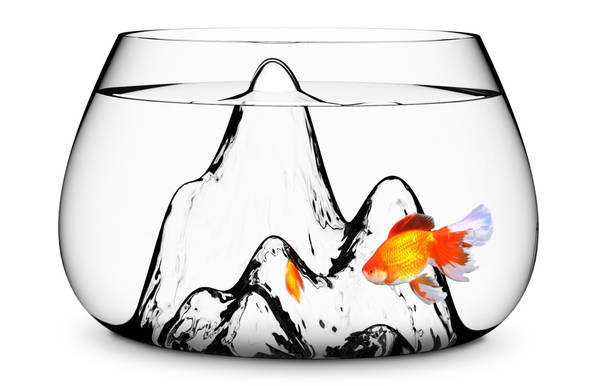
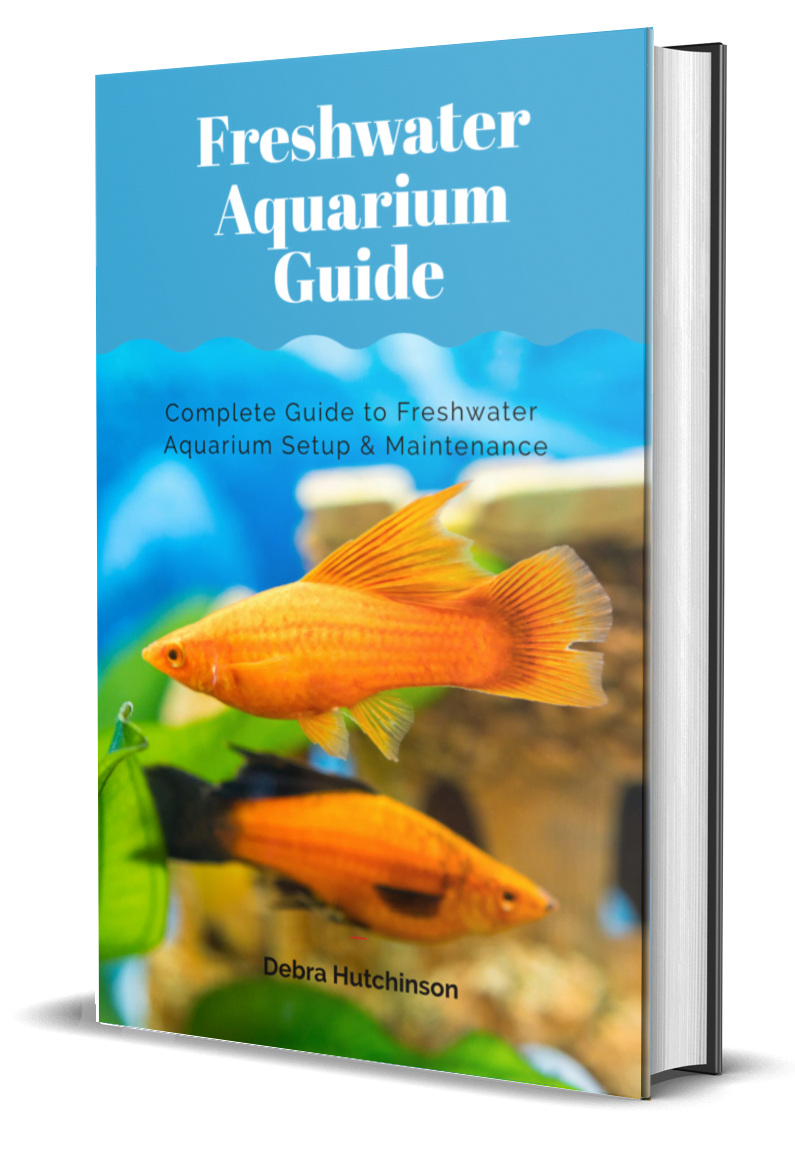
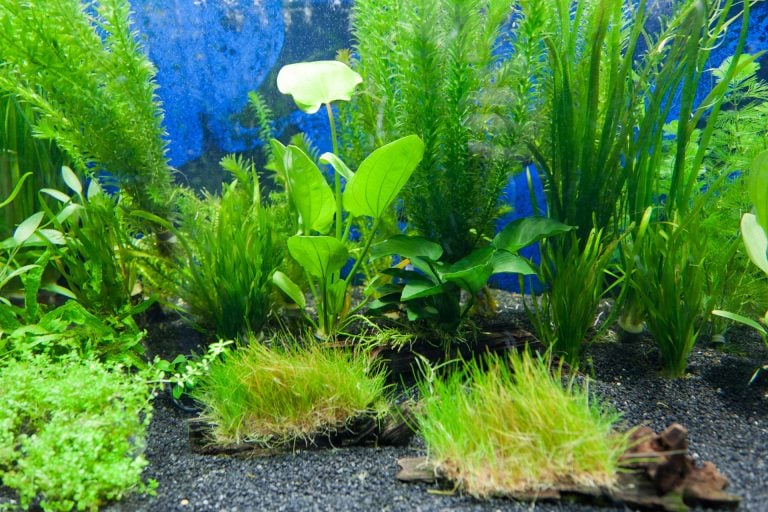
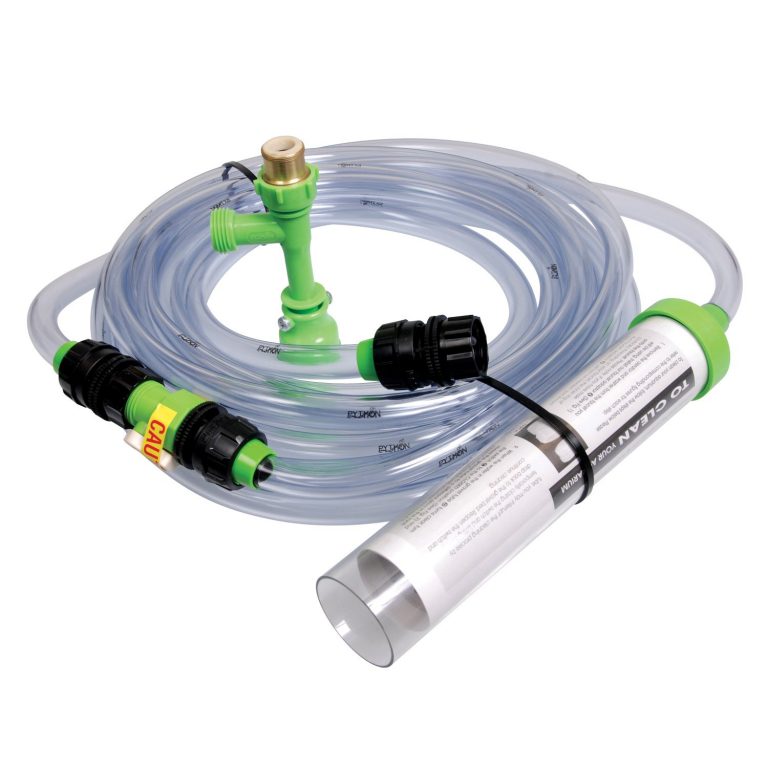
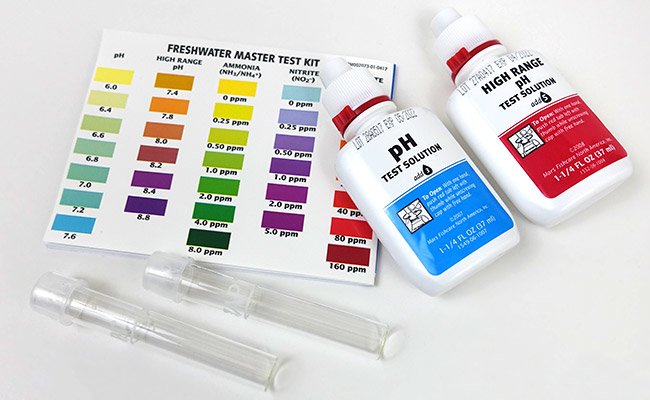

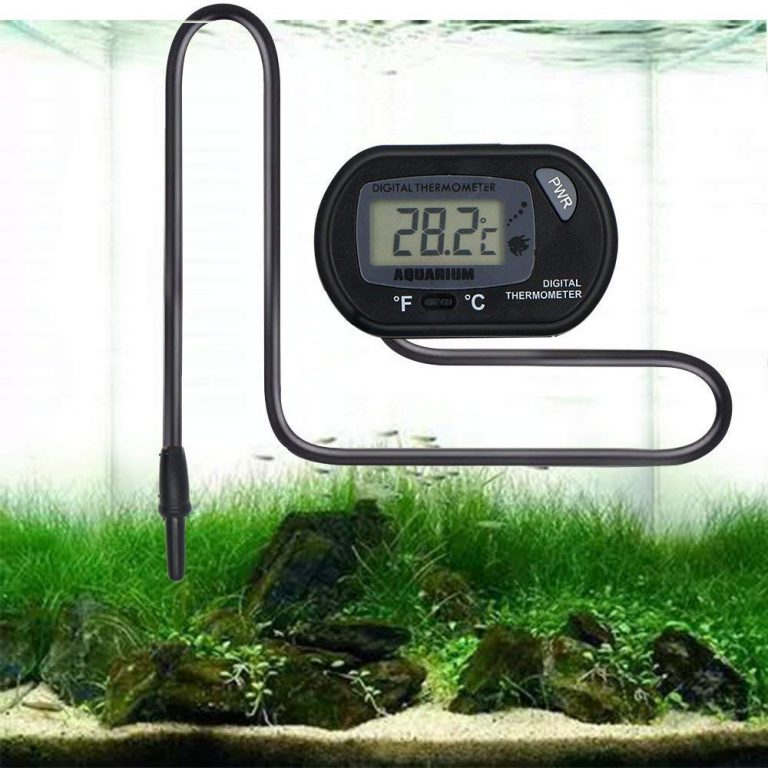
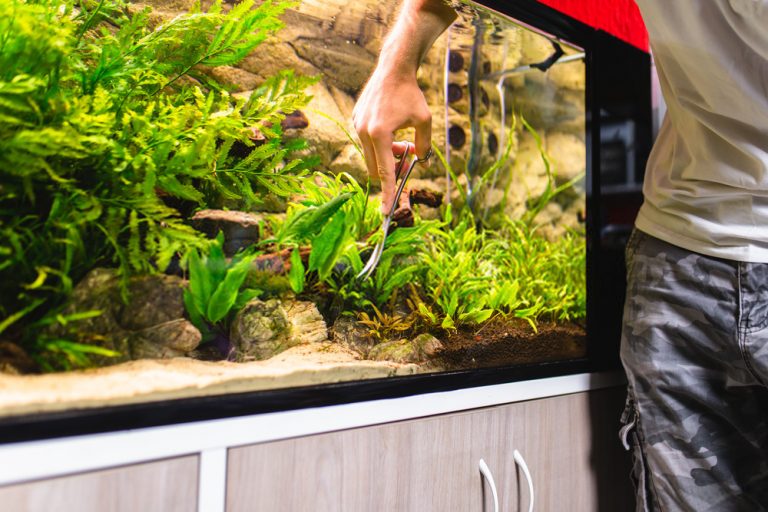

Thanks for mentioning that you should plan for proper aquarium setup from the beginning. We’re thinking of investing in a nice aquarium in our home. We’ll be wanting to look at marine maintenance parts while for the setup while we’re at it.
Thanks for explaining how you have to change the water more frequently for specific species of fish, like goldfish. When someone first gets fish, it might help to find a local aquarium cleaning service, especially if they have a large tank. This way, they could ensure they’re cared for properly and that all the cleaning and maintenance is handled by someone with the equipment and knowledge to keep their fish healthy and happy.